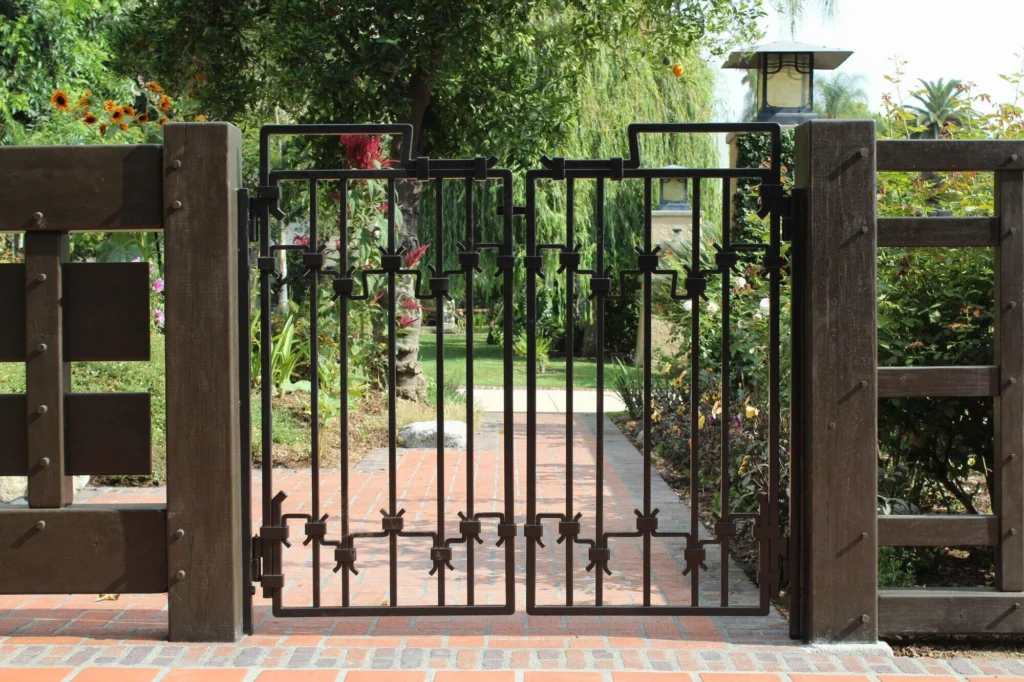
When it comes to industrial settings, every single component plays a crucial role in ensuring smooth and efficient operations. One such component that often goes unnoticed but is essential for maintaining proper functioning is valves. Valves are the silent heroes of industrial settings.
It controls the flow of liquids and gases and regulates various processes. In this blog post, we will explore the functions of different types of valves in industrial settings and the crucial role they play in various industries. Read on.
Ball Valves
Ball valves are distinguished by a spherical disc that dictates flow through the valve. When the valve handle is turned to align the hole through the ball with the valve openings, flow is permitted. Conversely, flow is blocked when the ball is turned so that the hole is perpendicular to the valve ends.
This design allows for quick and low-torque turn operation. This makes ball valves suitable for applications requiring rapid shutoff, such as gas applications in petrochemical industries. To find out more about industrial valves, talk to a reputable supplier.
Gate Valves
Gate valves are characterized by a movable gate or wedge that slides in and out of the path of the fluid. When raised, the gate allows for unimpeded flow, but it blocks the path entirely when lowered into place. They are primarily used where minimal restriction and uniform flow are necessary, notably in the:
- oil and gas sector
- water management
- manufacturing processes
Globe Valves
Named for their spherical body shape, globe valves are used to regulate flow in a pipeline.
Due to their ability to throttle and control flow precisely, globe valves are often employed in applications that necessitate such finesse. These include HVAC systems and various steam applications.
Butterfly Valves
Featuring a disk that rotates about an axis, butterfly valves offer a quick way to isolate or modulate the flow of materials. They are known for their lightweight, compact design and the minimal effort required to operate them.
This makes them an excellent choice for water distribution and control applications. This includes in pharmaceutical and food industries where space and hygiene are critical considerations.
Check Valves
Check valves, or non-return valves, allow the fluid to flow in only one direction. Featuring designs that include:
- ball mechanisms
- swing mechanisms
- lift mechanisms
They are vital in preventing backflow, thus avoiding damage or operational disruptions in the system. Check valves are commonly found in pump applications to keep the system pressurized and to prevent fluid from flowing back into the pump when it is turned off.
Diaphragm Valves
With a flexible diaphragm that opens, closes, or partially obstructs the pathway for flow, diaphragm valves are particularly suited for handling:
- corrosive fluids
- fibrous slurries
- highly viscous materials
They offer a leak-proof seal and are commonly used in water treatment facilities, pharmaceutical manufacturing, and food processing industries, where contamination-free operations are paramount.
Check Out These Types of Valves Today
In conclusion, valves play a crucial role in maintaining safe and efficient operations in industrial settings. Each type of valve serves a specific purpose. This is from controlling the flow of fluids to regulating pressure and preventing leaks.
It is crucial for industries to choose the right valves and regularly maintain them for optimal performance. Contact a trusted valve supplier now to ensure your industrial processes run smoothly.
If you want to read more articles, visit our blog.